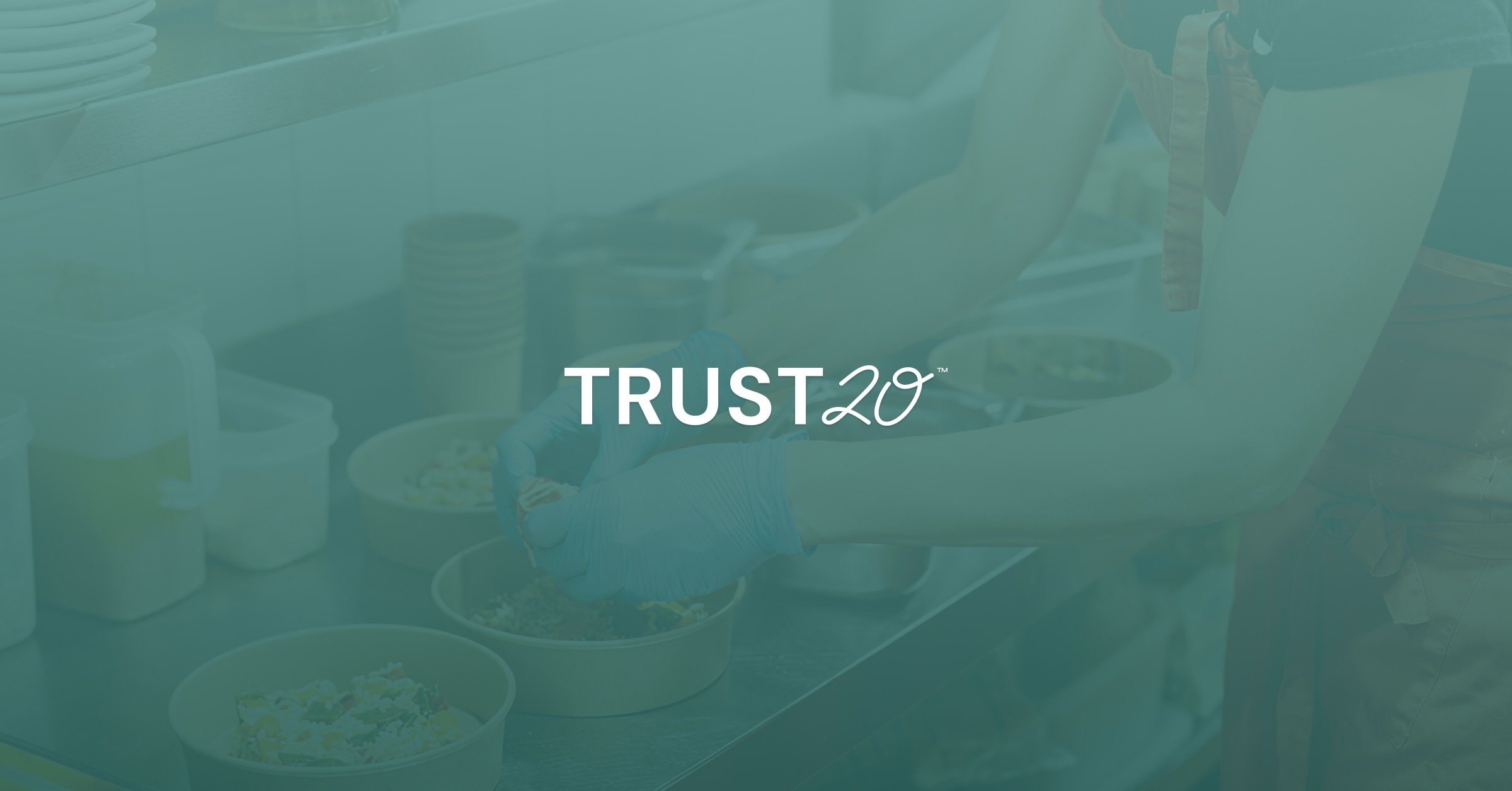You know the saying–there’s no place like home for the holidays! Unfortunately, restaurant and foodservice workers are not always afforded the luxury of visiting home, seeing family, or even taking time off during the holiday season, especially between Christmas Eve, Christmas Day, and New Year's Eve, which are some of the busiest times in the restaurant industry.
But that might be changing. Over the last couple of years, major corporations have started to introduce organization-wide breaks, or mandatory time off of work for the entire staff.
Prominent organizations like Bumble and Buffer have implemented summer breaks and winter breaks to protect employees’ mental health, give team members a chance to breathe after a busy year, and eliminate the pressure to respond to emails and texts while combing the beach or decking the halls.
Foodservice owners/operators: take a cue from these Fortune-500 companies and execute a temporary winter closure right after the holidays. Whether the shutdown is just a few days or as long as a few weeks, there are many exceptional reasons to give this tactic a try, including:
Protect your employees' mental health
Encourage connection outside of work
Deep clean like you never have before
Winter is already a slow time for most restaurants
How to actually make it happen
1. Protect your employees’ mental health
Giving your staff members time off post-holidays affords them the opportunity to reflect on the past year and take care of themselves before jumping into the new one. They can set up doctors’ appointments, spa treatments, or just sleep in. This type of mandatory break can set your entire team up for a less stressful and more peaceful start to the year ahead.
An Indeed poll recently reported that “More than two-thirds of workers believe burnout has worsened during the pandemic. And we’ve seen it show up in the job quit rate, which is at its highest in decades.” 1,2
Giving team members a moment to reset when they need it most will improve mental health and can lead to a decrease in turnover at the start of the new year.
2. Encourage connection outside of work
Face time with family and friends is incredibly valuable! Not all foodservice workers live in the same cities as their families and loved ones, and they may need to travel to see them. Even a short closure can provide them with the opportunity to do so near the holidays without having to call in subs or risk their careers.
Additionally, spending time with family can actually reduce stress and anxiety – ultimately leading to a healthier lifestyle and a lengthening of life.
3. Deep clean like you never have before
Owner-operators can use time without employees and guests in their space to thoroughly sanitize every inch of their establishments. This is especially valuable in the winter when the flu, RSV, and other viruses run rampant.
Consider hiring a cleaning company to get the job done well. Alternatively, you can offer overtime pay to employees that live locally and want to make a little extra cash during the break.
4. Get healthy
The holiday season can be stressful! Give everyone on the team a chance to recover from the physical effects of weeks of holiday parties and hard work. Not only will this give employees a chance to bounce back from colds and other illnesses at home, but it will lessen the chance of something worse spreading amongst your staff.
On a broader scale, institution-wide time off can bolster health in the long-run. Indeed, “Research shows that vacations can cut the risk of heart disease by 50 percent for men and 30 percent for women...Not only that, but studies show that people who take vacations are more efficient than those who don’t, so businesses should want their employees to rest and take time off.” 3, 4
We couldn't have said it better ourselves!
5. Improve future productivity
Research shows that people who take time off work are more productive when they’re back in the office.
When your workers return from their holiday break, expect to see a boost in efficiency and a renewed interest in achieving team-wide goals.4
6. Winter is already a slow time for most restaurants
In the winter, some restaurants see as much as a 60% dip in sales due to cold weather, increased travel, and holiday activities.
Rather than continuing to pay for heating, electricity, and ingredients, save on overhead costs while revenue margins are already low.
How to actually make it happen
There are a few things owner/operators need to keep in mind while planning a temporary shut down.
-
Inform your team well in advance. Communicate the news of the break in-person at your team meeting, then reiterate it via email and other written communication channels you’ve set up for your staff.
-
Inform your guests and online followers. Put up signs on your front door so passersby and restaurant regulars are aware of the forthcoming break. Email guests the news, and make sure to post about the break on all of your social media channels.
-
Inform your partners and vendors. If you’re not open, you’re not ordering! Make sure distributors and other regular purveyors are aware the restaurant won’t be open for an extended period of time and reschedule important drops and meetings.
-
Why not do good while cleaning out the fridge? Donate perishables you won’t be able to use to your local food bank or soup kitchen. This will also help minimize mess for when your staff returns to the kitchen.
Take a break! Your team deserves it
A post-holiday break isn’t just great for mental health. It’s also practical, cost-effective, and a tactic for long-term team member retention. Give it a try–you might be surprised at how much of a difference it makes for the year ahead!
FAQ
Are restaurants slow after Christmas?
Yes, many restaurants experience a slowdown after the holiday season. Restaurant owners often see fewer customers as people recover from the holiday rush and spend less in January and February. This can make it an ideal time to schedule a post-holiday break.
What would happen if people do not take enough breaks and holidays?
Staff members who don't take enough breaks are more likely to experience burnout, decreased productivity, and higher turnover. Regular time off, especially after the busy holiday season, is essential for long-term performance and mental health.
What is the best day to close a restaurant?
The best day to close depends on your business’s unique traffic patterns and sales data. For some, Mondays or Tuesdays are slowest. For others, a post-holiday period or after New Year’s Eve is ideal.
Why should restaurants consider taking a break after the holiday season
Taking a break after the busy season prevents burnout, gives team members time for family, reduces stress, allows for deep cleaning and resets, and can help your restaurant start the year strong. Please consider how a brief closure can benefit your staff and your business!
Sources:
1. Indeed: Employee Burnout Report: COVID-19’s Impact and 3 Strategies to Curb It
2. QZ: American workers are quitting at the highest rate in decades
3. Health Net: Health Benefits of Vacations
4. Inc: Vacation Deprived? Beware the Risks to Your Work, Life, Health, and Relationships
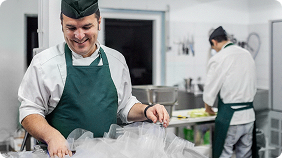

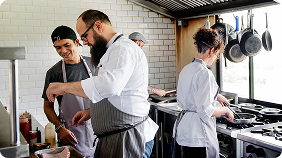


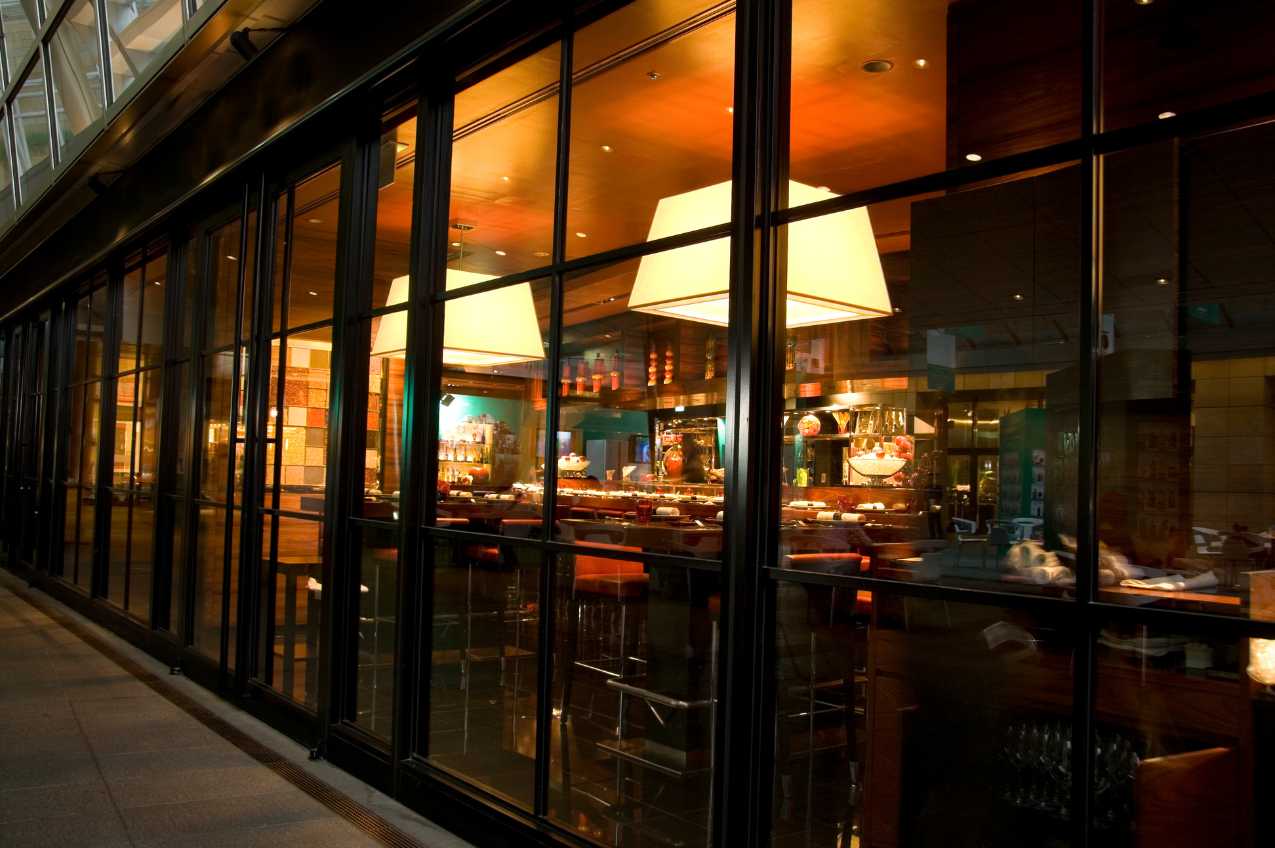
.png)
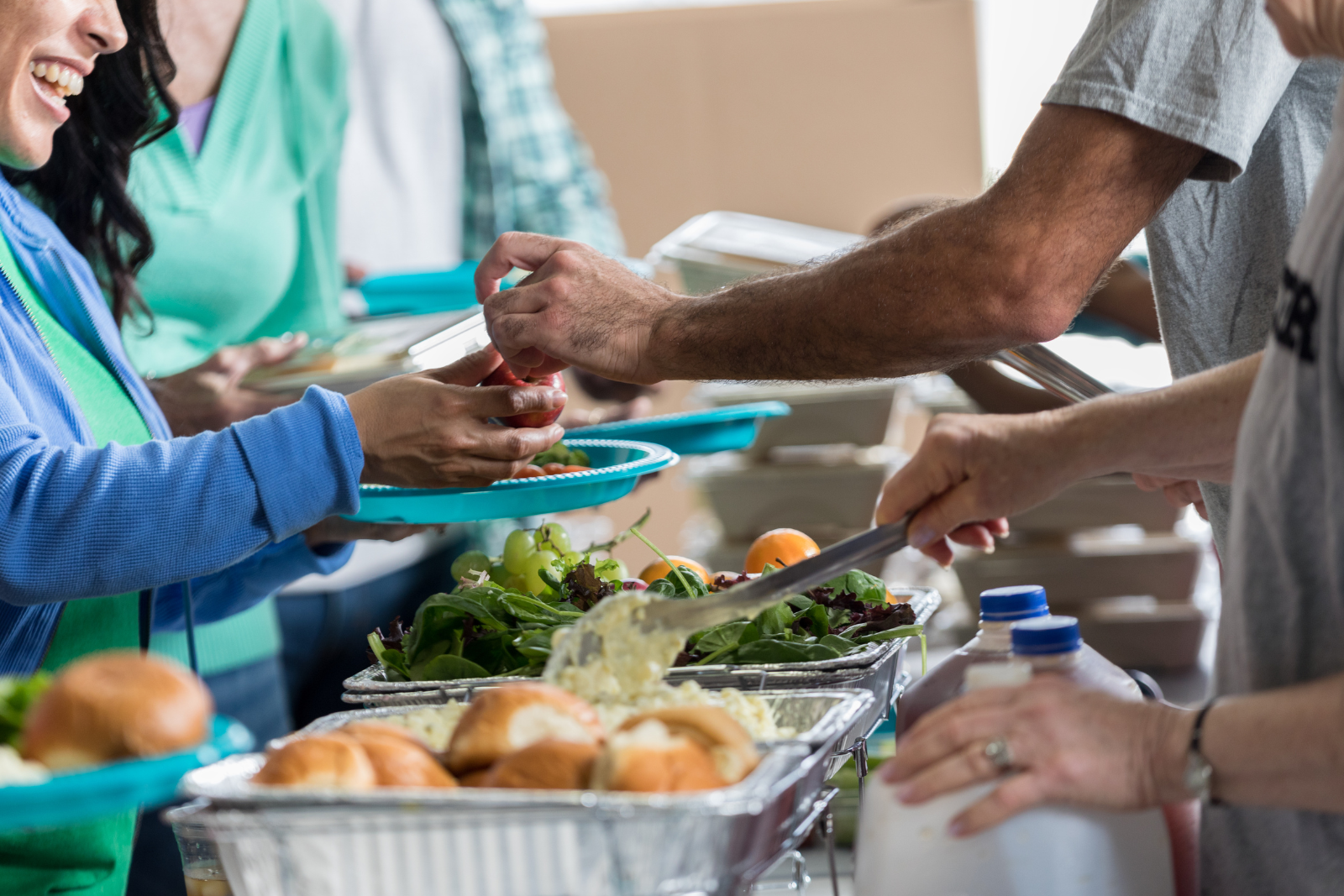
.png)
